Wall-Mounted Solar Spot Lights: Ultimate Guide
The Unique Value of Wall-Mounted Outdoor Solar Spotlights
Wall-mounted solar spot lights outdoor offer distinct advantages over traditional outdoor lighting. Unlike standard plug-in or battery-powered lights, these fixtures harness solar energy, eliminating electricity costs and reducing environmental impact. Their wall-mounted design saves ground space, making them ideal for compact gardens, patios, or walkways. The focused beam of spotlights highlights specific features—trees, sculptures, or architectural details—enhancing aesthetic appeal and security. According to a 2023 article by Outdoor Lighting Perspectives, solar spotlights provide up to 80% energy savings compared to traditional halogen lights. Additionally, their wireless outdoor installation simplifies setup, avoiding the need for complex wiring. Unlike ground-staked solar lights, wall-mounted versions are less prone to damage from lawnmowers or pets, ensuring durability. These lights combine eco-friendliness, practicality, and style, addressing user demands for sustainable and low-maintenance outdoor solutions.

Scenario Adaptation and Parameter Selection
Choosing the right wall-mounted solar spot lights outdoor requires understanding their application in various scenarios. Beam angle and brightness, measured in lumens, are critical parameters. For accent lighting, such as highlighting a garden statue, a narrow beam angle (15-30 degrees) with 100-200 lumens is sufficient, creating a dramatic effect without overpowering the scene. For pathway or security lighting, a wider beam angle (45-60 degrees) and higher brightness (300-500 lumens) ensure broader coverage, as recommended by The Spruce in their 2024 solar lighting guide.
Consider the mounting location: lights for fences or low walls need shorter projection distances, while those on higher structures, like house exteriors, benefit from adjustable angles to target distant objects. Users prioritizing security may opt for models with motion sensors, which activate only when needed, conserving battery life. For example, a 2024 review by CNET highlights models with customizable brightness levels for versatility across decorative and functional needs. Always check the solar panel’s wattage (typically 1-3W for spotlights) to ensure adequate charging for your region’s sunlight conditions.
Seasonal Light Adaptation Strategies
Seasonal changes significantly impact the performance of wall-mounted solar spot lights outdoor. In summer, longer daylight hours and stronger sunlight allow lights to charge fully, often providing 8-12 hours of illumination. However, winter’s shorter days and weaker sunlight can reduce runtime to 4-6 hours. To adapt, users can adjust light placement to maximize sun exposure, ensuring panels face south (in the Northern Hemisphere) and are free from shade, as advised by EnergySage in their 2023 solar guide.
Another strategy is to reduce brightness settings during winter to extend battery life. Many modern solar spotlights offer dimming options or multiple modes (e.g., low, medium, high), allowing users to balance runtime and intensity. For regions with frequent winter cloud cover, consider lights with larger solar panels or higher-capacity batteries (e.g., 2000mAh or more). Cleaning panels regularly to remove snow, dust, or debris also boosts efficiency. In contrast, summer requires minimal adjustments, but users can experiment with shorter “on” times to conserve energy for multi-night use. These strategies ensure consistent performance year-round, addressing user concerns about reliability in varying climates.
Multi-Device Interoperability
Wall-mounted solar spot lights outdoor increasingly integrate with smart home ecosystems, enhancing functionality through interoperability. Many models now support connectivity with platforms like Amazon Alexa, Google Home, or Zigbee hubs, allowing users to control lights via voice commands or apps. For instance, a 2024 TechRadar article notes that smart solar spotlights can sync with other outdoor devices, such as security cameras or smart sprinklers, creating cohesive systems. Motion-activated spotlights can trigger cameras to record, improving home security, while timed lighting schedules align with irrigation systems to optimize garden care.
Interoperability also extends to non-smart devices. Grouping multiple solar spotlights with synchronized sensors ensures uniform illumination across large areas, like driveways or backyards. Users can pair lights with solar-powered string lights or lanterns for cohesive aesthetics. However, compatibility depends on the light’s protocol (e.g., Wi-Fi, Bluetooth), so verify specifications before purchase. This interconnected approach meets user needs for convenience and automation, transforming outdoor spaces into smart, responsive environments.
Practical Function Optimization
Optimizing the practical functions of wall-mounted solar spot lights outdoor enhances user satisfaction. Sensor sensitivity is a key feature, particularly for motion-activated models. Adjustable sensitivity allows lights to detect movement at desired distances (typically 10-26 feet), preventing false triggers from small animals or passing cars. A 2023 Bob Vila guide recommends testing sensitivity settings during installation to balance responsiveness and energy efficiency.

Lighting mode adaptation is equally important. Many spotlights offer modes like constant-on, motion-activated, or dusk-to-dawn. Constant-on suits decorative purposes but drains batteries faster, while motion-activated modes conserve energy for security use. Dusk-to-dawn modes provide all-night lighting at lower brightness, ideal for pathways. Users should select lights with flexible modes to match their needs—decorative, functional, or both. Additionally, adjustable heads allow precise beam direction, ensuring light targets the intended area. Regular maintenance, like tightening mounts or cleaning lenses, preserves performance. These optimizations address user demands for customizable, reliable lighting solutions.
Emergency Battery Life Solution
Continuous rainy days pose a challenge for wall-mounted solar spot lights outdoor, as limited sunlight reduces battery charging. To ensure reliable illumination during such periods, users need emergency battery life solutions. High-capacity batteries (2000-3000mAh) are essential, as they store more energy for extended use. A 2024 HGTV article suggests choosing lights with lithium-ion batteries, which perform better in cloudy conditions than older NiMH types.
Another solution is incorporating backup power options. Some advanced models feature USB charging ports, allowing users to charge batteries indoors during prolonged bad weather. Alternatively, keeping a spare set of rechargeable batteries ensures quick swaps without downtime. For critical applications, like security lighting, consider hybrid solar-electric spotlights that switch to grid power when batteries are low, though these are less common. Users can also reduce light usage during overcast days by switching to motion-activated modes or lowering brightness. Positioning panels to capture diffuse light, even on cloudy days, further mitigates charging issues. These strategies provide peace of mind, ensuring lights remain functional when users need them most.
Conclusion
Wall-mounted solar spot lights outdoor combine eco-friendly technology with versatile functionality, meeting diverse user needs from aesthetic enhancement to security. By selecting appropriate beam angles and brightness, adapting to seasonal changes, integrating with smart devices, optimizing sensors and modes, and preparing for emergencies, users can maximize their lighting experience. These lights offer a sustainable, low-maintenance solution for illuminating outdoor spaces, delivering both practicality and style. With careful planning and maintenance, they provide reliable performance year-round, transforming gardens, patios, and pathways into inviting, well-lit environments.

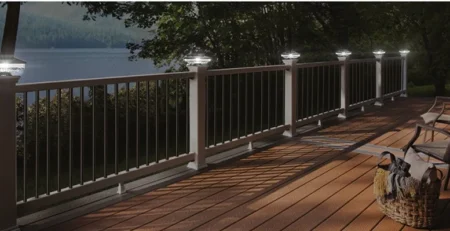




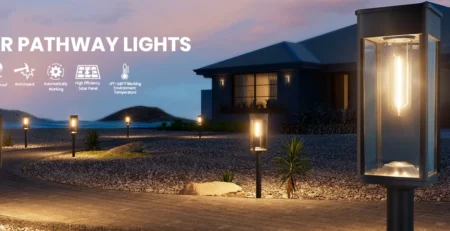
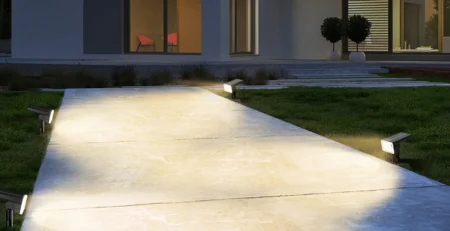
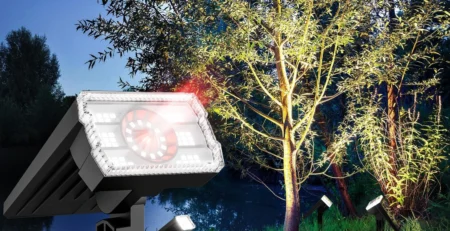
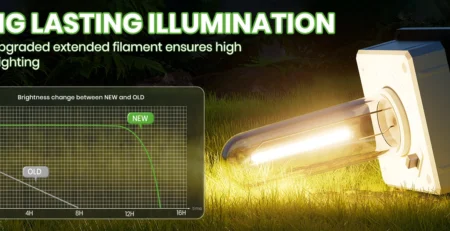

Leave a Reply